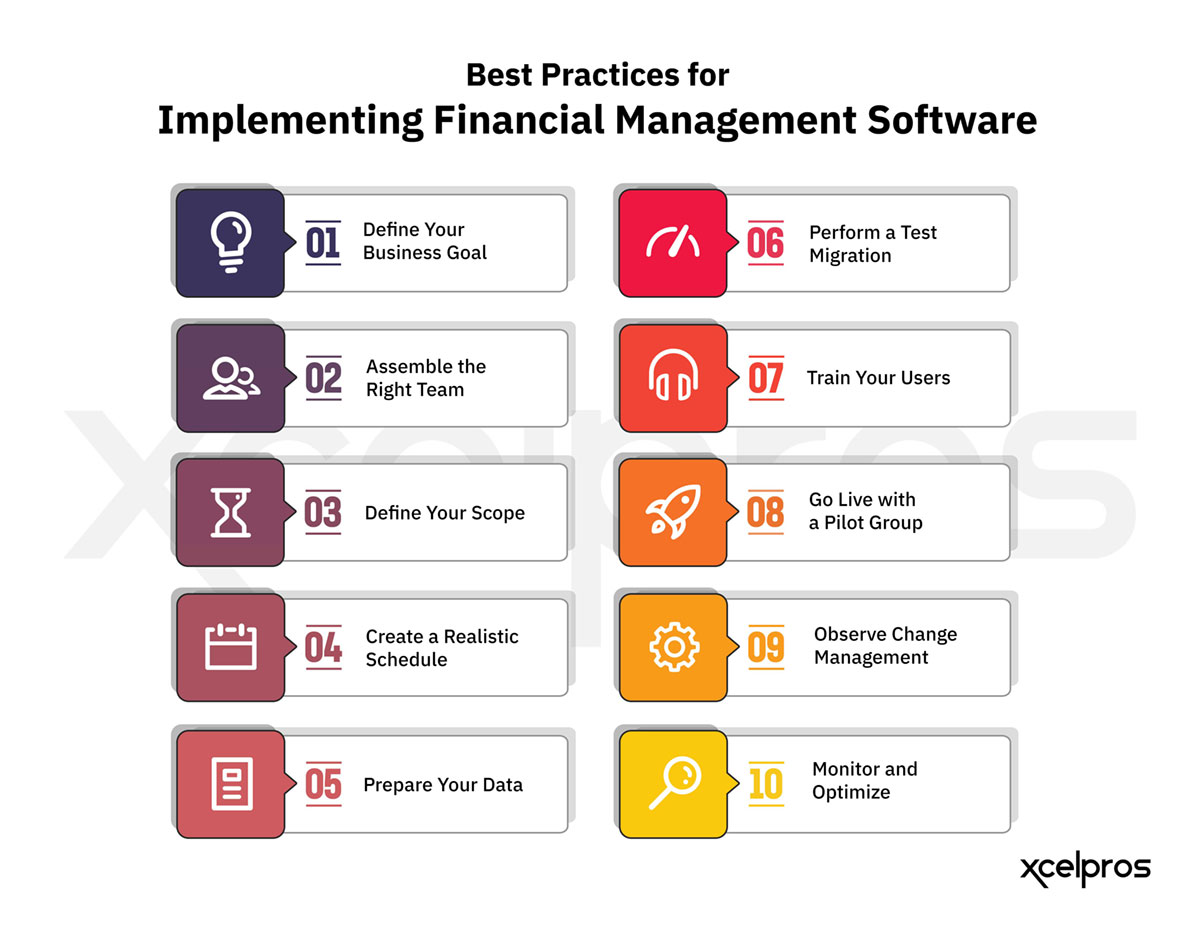Trends and Challenges in the Pharmaceutical Industry
In this ever-changing pharmaceutical space, it’s crucial to embrace emerging trends and address challenges that arise. From personalized medicine to digital health integration, the industry is seeing amazing transformative shifts, and is sure to see more within the next few years. The demand for enhanced patient outcomes, cost-effectiveness, and sustainability further drives market dynamics of the pharma industry.
There are, however, some challenges that come along with these industry trends. Regulatory complexities, drug pricing, cybersecurity, and sustainability pose significant hurdles that demand innovative solutions. Despite these challenges, the pharmaceutical industry continues to grow and evolve. Breakthroughs in medical science constantly expand the range of available drugs. This is, in turn, contributing to the improvement and extension of lives worldwide. By navigating these trends and addressing these challenges effectively, the pharmaceutical industry can continue to play a vital role in advancing healthcare and lengthening patient lives.
Understanding the Pharma Industry Today: Market Trends
Advanced Manufacturing Technologies
Pharmaceutical manufacturers are increasingly adopting advanced manufacturing technologies such as continuous manufacturing, 3D printing, and robotics automation to enhance production efficiency, reduce costs, and improve product quality.
Supply Chain Optimization
Manufacturers are always focusing on perfecting their supply chains to ensure uninterrupted access to raw materials, streamline planning, and enhance overall operational resilience. This trend has been further emphasized by the disruptions caused by the COVID-19 pandemic.
Outsourcing and Contract Manufacturing
Pharmaceutical manufacturers are increasingly engaging in outsourcing and contract manufacturing partnerships to use specialized abilities, access new markets, and enhance agility in responding to market demands.
Quality and Compliance
Ensuring quality and compliance with regulatory standards remains a top priority for manufacturers. They are implementing robust quality management systems, embracing process analytical technologies, and adopting data integrity measures to meet stringent regulatory requirements.
Digitization and Data Analytics
Manufacturers are embracing digital technologies and data analytics to perfect manufacturing processes, improve supply chain visibility, and enhance product quality through real-time monitoring and predictive analytics.
Sustainability and Green Initiatives
Pharmaceutical manufacturers are increasingly focusing on sustainable practices, including reducing carbon footprint, implementing environmentally friendly manufacturing processes, and adopting green packaging solutions.
Regulatory Compliance and Serialization
Manufacturers are adapting to evolving regulatory requirements, including track-and-trace serialization mandates, to ensure product traceability, combat counterfeit drugs, and strengthen supply chain security.
Challenges Facing the Pharmaceutical Industry
Emerging trends in the pharmaceutical industry present unprecedented opportunities for growth, innovation, and improved patient lives. However, these trends also give rise to a host of complex challenges that businesses, particularly pharmaceutical manufacturers, must navigate effectively to stay competitive.
These challenges span technological, regulatory, operational, and market-related dimensions. By understanding and proactively addressing these challenges, manufacturers can position themselves for success in this ever-evolving landscape and effectively contribute to advancing healthcare for the benefit of patients worldwide.
Increasing Costs
The pharmaceutical industry continues to grapple with the relentless rise in research and development costs, According to an article by CapsCanada, as well as escalating expenses associated with raw materials and manufacturing. This upward cost trajectory places significant pressure on pharmaceutical companies to find a balance between ensuring affordable pricing for their products and sustaining profitability. This can lead to financial strains and may affect patients’ ability to afford essential medications, raising concerns about accessibility and fair healthcare.
Stringent Regulations
Pharmaceutical manufacturers face the daunting task of adhering to increasingly stringent regulations enforced by government agencies, such as the FDA (Food and Drug Administration). These regulations are designed to ensure drug safety, efficacy, and quality, but they can pose significant challenges. Compliance with complex regulatory requirements can lead to prolonged product development timelines, increased research and testing costs, and delays in product launches. Navigating the intricate landscape of regulatory compliance requires substantial resources, expertise, and meticulous attention to detail.
Changing Reimbursement Landscape
The ever-evolving reimbursement landscape adds another layer of complexity for pharmaceutical companies. Insurance companies and healthcare payers often change their reimbursement policies, formulas, and pricing structures. These changes can make it difficult for pharmaceutical manufacturers to accurately forecast revenues, effectively plan for future product launches, and navigate the shifting reimbursement dynamics. Companies must continually adapt to evolving reimbursement models to ensure market access, best pricing strategies, and sustainable financial performance.
Impact of Generics
The emergence of generic versions of drugs presents a considerable challenge for pharmaceutical companies. Generics, often priced significantly lower than brand-name drugs, can quickly gain market share and erode the sales of patented or proprietary medications. The entry of generics into the marketplace puts pressure on pharmaceutical manufacturers to stay competitive, which can include finding avenues for product differentiation, and exploring lifecycle management strategies to sustain market share and revenues.
Figure 1: Challenges Facing the Pharmaceutical Industry

Regulatory Compliance in the Pharmaceutical Industry
While the challenges we mention above are important, one aspect deserving increased attention is regulatory compliance. Compliance with stringent regulations is crucial for ensuring patient safety, supporting product integrity, and upholding ethical standards. It supplies a framework for navigating complex regulatory landscapes, showing commitment to quality and ethical conduct.
Regulatory compliance protects companies from legal consequences, financial penalties, and reputational harm. It is also essential for securing reimbursement and market access. Prioritizing regulatory compliance strengthens industry standing and contributes to the overall improvement of healthcare.
Non-compliance with set regulations can have a major impact on businesses in the pharmaceutical industry. An article from McKinsey discusses how in the past pharmaceutical companies didn’t put as much work into operations strategy when facing competing business pressures. Recent changes in the economy, international politics, and new therapeutics, however, have turned the focus back to strategic changes. Specifically, changes in sourcing, supply chain management, and distribution which address issues such as drug safety, pricing transparency, or supply chain management.
For example, recent legislation has made it more difficult for drug manufacturers to hike prices without justification and has needed greater transparency in advertising and promotional materials. While such changes can be challenging for companies to navigate, they are ultimately intended to protect consumer safety and improve the overall quality of pharmaceutical products. As regulations continue to evolve, it will be important for companies to stay informed and adapt accordingly.
Quality Control: Safeguarding Product Efficacy and Safety
Building upon the importance of regulatory compliance, a fundamental aspect that ensures patient safety and product integrity is quality control. In the pharmaceutical industry, stringent quality controls are essential for safeguarding the safety and efficacy of medications. Through rigorous measures and processes, pharmaceutical companies maintain the highest standards of quality throughout the entire product lifecycle, from development to distribution and post-market surveillance.
Quality controls encompass a range of procedures, including thorough testing of raw materials, in-process testing during manufacturing, and comprehensive analysis of the final product. By adhering to regulatory guidelines and Good Manufacturing Practices (GMP), companies ensure compliance with quality standards and mitigate potential risks.
Implementing robust quality controls enables companies to detect and address issues that could compromise product safety. This can include identifying contaminants, impurities, or variations in drug composition that may pose risks to patients. Ongoing quality monitoring and control ensure batch-to-batch consistency, ensuring that each dose of medication meets the required specifications.
By prioritizing quality controls, pharmaceutical companies demonstrate their commitment to patient safety and deliver reliable and high-quality medications. These controls instill confidence in healthcare providers, patients, and regulatory authorities. Through continuous improvement and adaptation of quality control processes, companies navigate the evolving regulatory landscape, contribute to patient welfare, and uphold the integrity of the pharmaceutical industry.
Conclusion – Understanding Pharma Today
The pharmaceutical industry is in flux due to various internal and external forces. With swiftly changing regulations, the advancement of technology, and rising costs, it is essential for businesses to proactively seek out strategies that can help them stay ahead. The constant and significant growth of the pharma industry within the last few years will continue showing positive results for companies who keep up to date with new technology and industry trends.
By analyzing and understanding the trends, challenges, and importance of regulatory compliance and quality controls in the pharmaceutical industry, organizations can proactively adapt to the evolving landscape. Continuously evaluating best practices and embracing innovative approaches allows companies to support their competitive edge. Thoughtful consideration of potential solutions equips organizations with the knowledge and preparedness needed to navigate industry changes effectively. By staying informed and implementing strategic measures, organizations can position themselves for success, drive innovation, and deliver high-quality products that positively affect global healthcare.





















